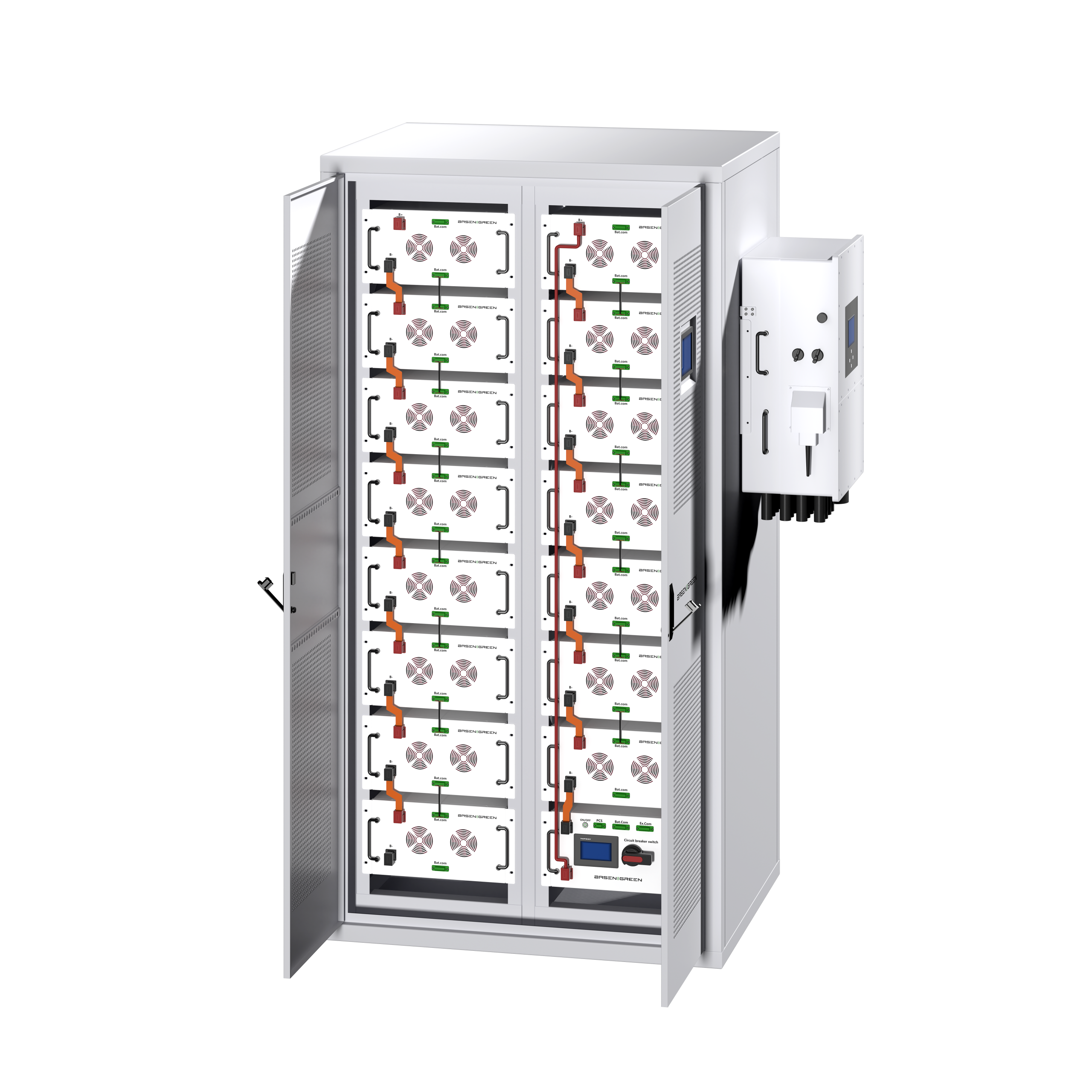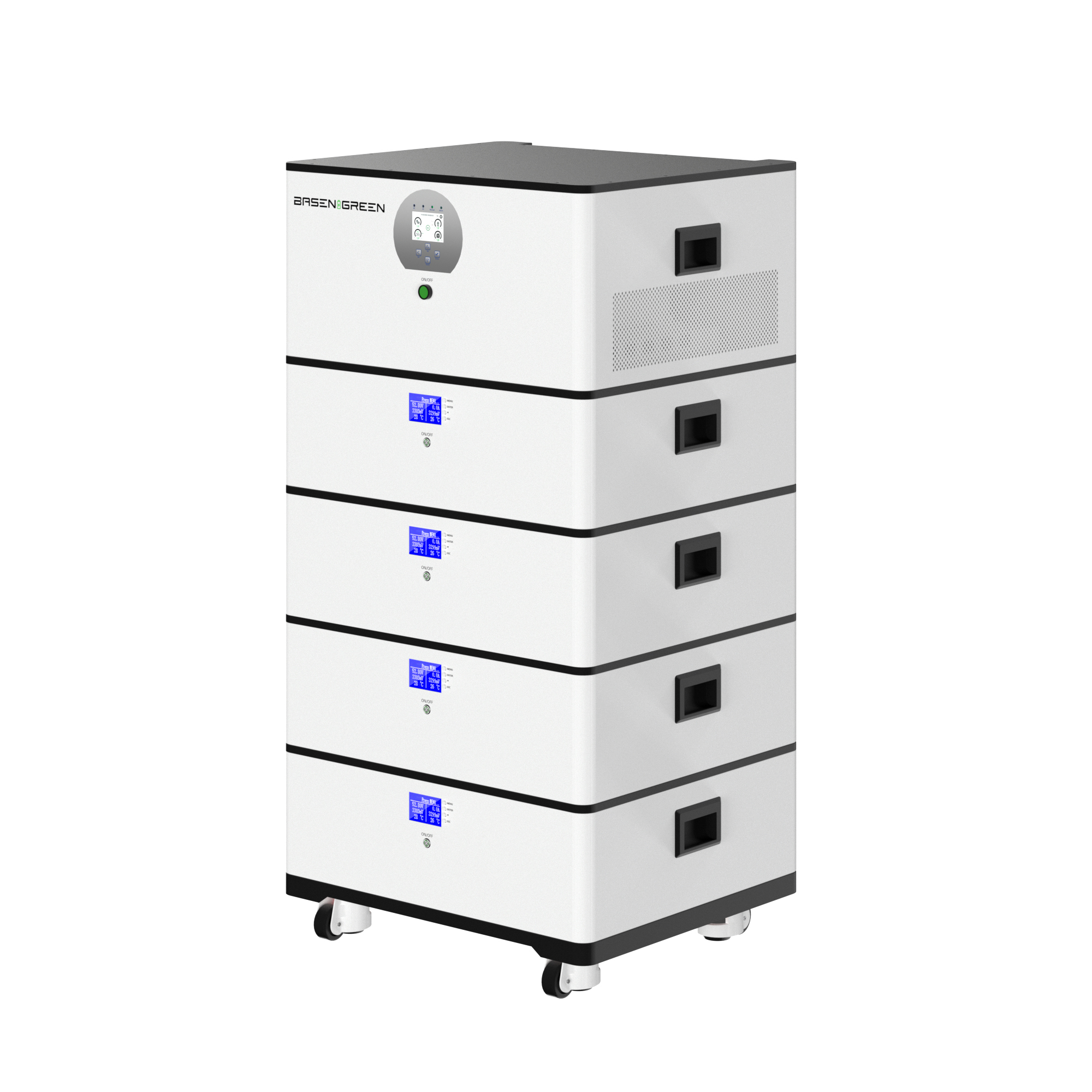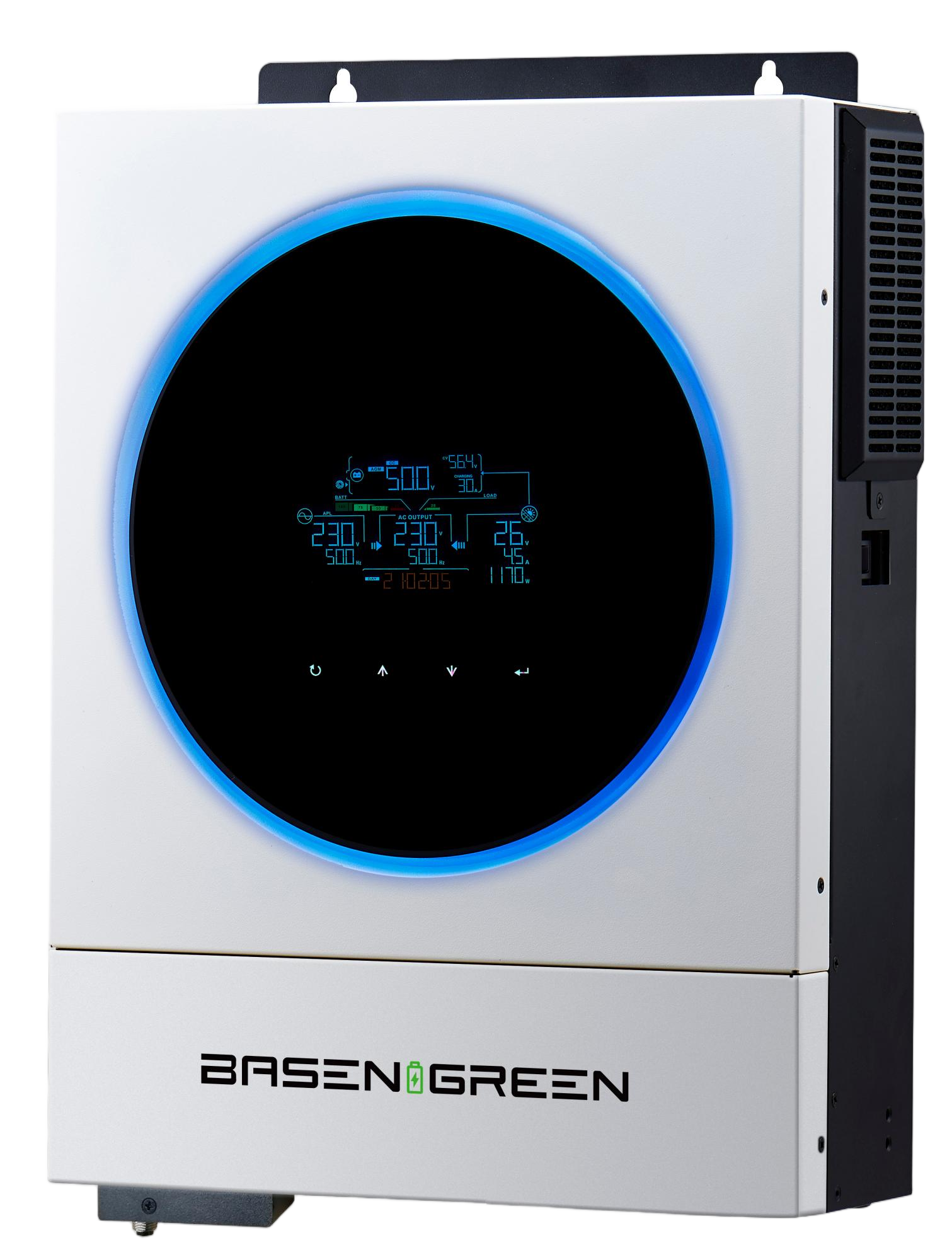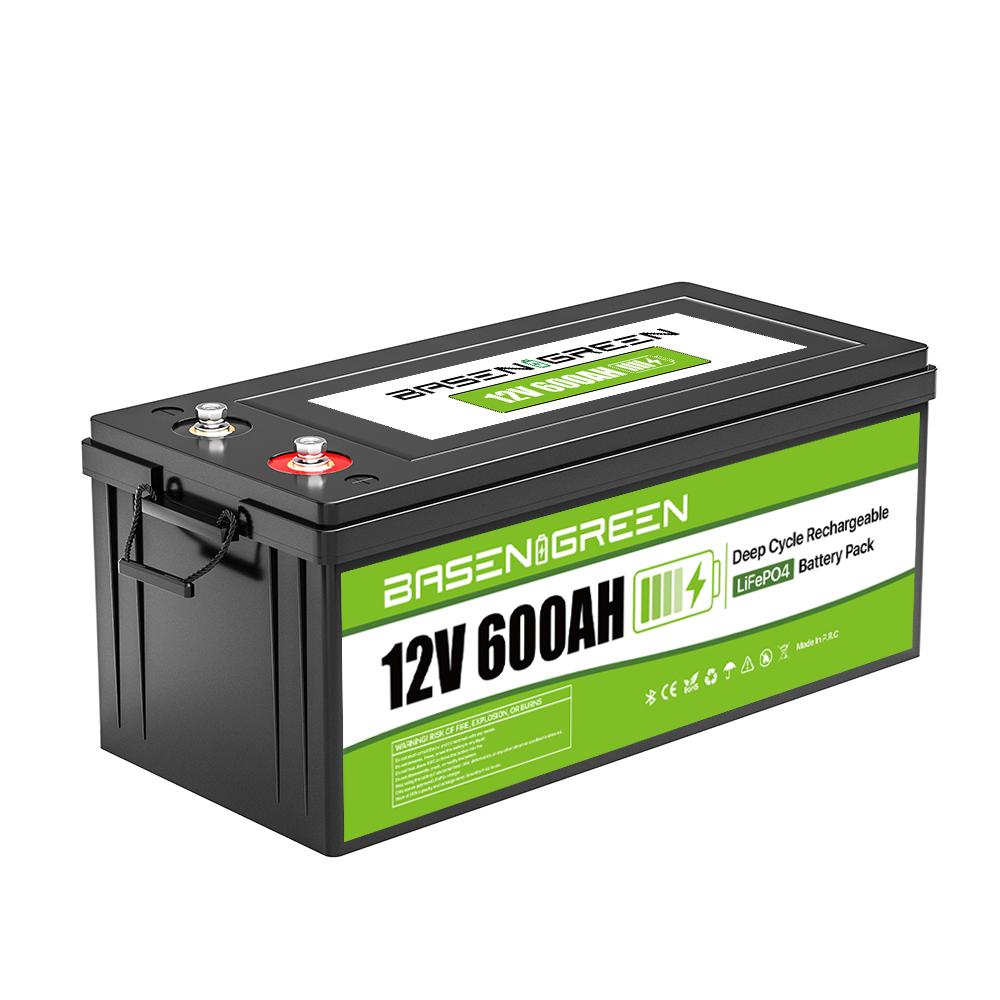Charging and Discharging Efficiency Measurement Data: Key Insights for Battery Performance
The measurement of battery charging and discharging efficiency is a critical aspect of modern energy storage systems. With the increasing adoption of 628Ah batteries in various applications, from electric vehicles to renewable energy storage, understanding the efficiency of these devices is more important than ever. This article explores the importance of efficiency measurements, the methods used to assess them, and the insights they provide for improving battery performance.
The Importance of Charging and Discharging Efficiency
Battery efficiency is a measure of how effectively a battery converts electrical energy into usable energy and vice versa. When a battery is charged, it may not store all the energy provided by the source; some is lost as heat due to the internal resistance and other inefficiencies. Similarly, during discharging, the battery may not deliver all the stored energy to the load, resulting in energy loss.
For a 628Ah battery, the charging and discharging efficiency plays a vital role in determining its overall performance. A higher efficiency means that more of the energy input is retained in the battery, leading to longer runtime and fewer recharge cycles. Conversely, lower efficiency can result in energy waste and reduced battery life.
Methods for Measuring Efficiency
There are several methods for measuring the efficiency of a battery. One common approach is to perform a full cycle test, where the battery is charged to a specific state of charge (SOC) and then discharged to a specific SOC, while monitoring the energy input and output. This allows for the calculation of the energy conversion efficiency.
Another method is to measure the individual cell’s voltage and current during charging and discharging. By analyzing these data points, engineers can identify sources of inefficiency, such as internal resistance or temperature fluctuations, and optimize the battery design.
The measurement of voltage, current, and temperature during charging and dis, along with the calculation of energy losses, is essential for accurate efficiency assessment. These data points are often collected using advanced sensors and analyzed using specialized software.
The Role of 628Ah in Efficiency
A 628Ah battery is a medium-sized battery commonly used in applications where both capacity and efficiency are important. Its size makes it suitable for a range of uses, from small-scale energy storage systems to electric vehicles. The 628Ah capacity ensures that the battery can store a significant amount of energy, making it a reliable power source for various applications.
The efficiency of a 628Ah battery is influenced by several factors, including the quality of the components, the manufacturing process, and the operating conditions. Proper management of these factors can significantly improve the efficiency of the battery, leading to better performance and longer lifespan.
Insights from Efficiency Data
The data obtained from efficiency measurements provide valuable insights for improving battery technology. For instance, by analyzing the energy losses during charging and discharging, engineers can identify areas for improvement in the battery design. This could include optimizing the cell structure, improving the materials used, or enhancing the cooling system.
Additionally, the efficiency data can be used to predict the battery’s performance under different operating conditions. This is particularly useful for applications where the battery is subjected to varying temperature, charge, and discharge rates. By understanding the efficiency trends, users can optimize their battery usage and extend its lifespan.
The measurement of charging and discharging efficiency is a fundamental aspect of battery technology. For a 628Ah battery, accurate efficiency data is crucial for ensuring optimal performance and reliability. By employing advanced measurement techniques and analyzing the results, engineers can identify inefficiencies and improve the overall efficiency of the battery. This, in turn, contributes to the development of more efficient energy storage solutions, benefiting a wide range of applications from electric vehicles to renewable energy systems.






